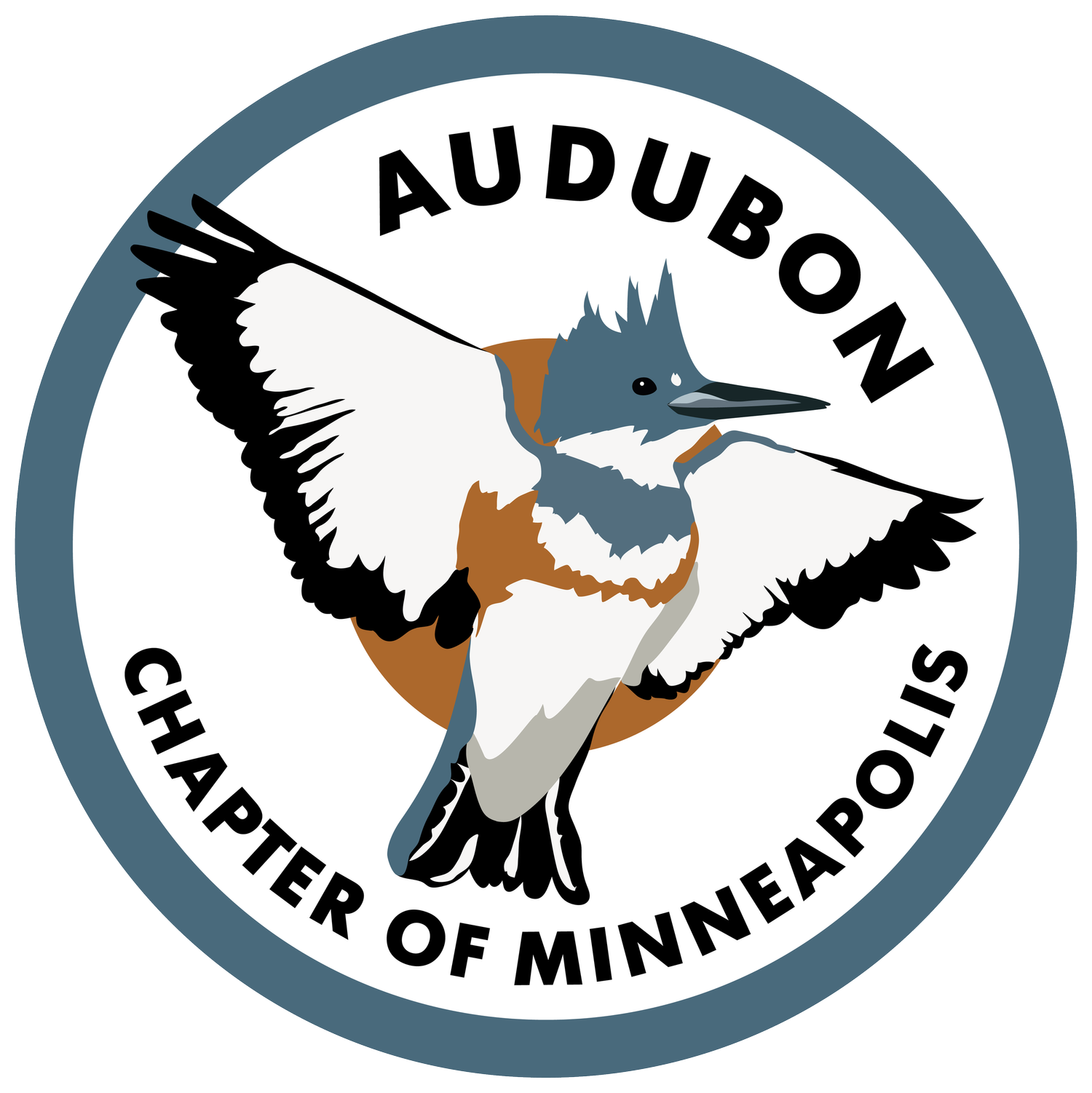prevent bird deaths with bird-safe windows
Making your windows safe for birds can protect species like this Black-and-White warbler Photo: Keith Olstad
Bird collisions with windows are an important cause of the ongoing decline in bird populations. Independent analyses have estimated that up to a billion birds are killed every year by collisions with buildings in North America.
These accidents happen because birds cannot see glass, so if they can see habitat through a window, they may try to fly through to it. Glass can also act as a mirror and reflect sky or vegetation. Fooled by the reflection, birds can try to fly to the perceived habitat and collide with the glass. Many bird-window collisions occur with large buildings; however, homeowners can make a significant contribution by making their own buildings bird-safe.
A Tennessee Warbler did not survive its collision with a window Photo: Stephen Greenfield
How to Make Your Windows Safe for Birds
Research has confirmed that birds will not try to fly through spaces they perceive are too small for them to fit through: generally less than 2 inches high or 4 inches wide. Birds as small as hummingbirds can fly through spaces 2 inches wide. To protect hummingbirds, spaces between markers need to be spaced no more than 2" inches apart in both directions. To make glass visible and safe for birds, something that birds can see needs to be placed on or in front of the glass based on these dimensions.
Window markers to prevent bird collisions Photo: FeatherFriendly®
For example, pictured is an example with tiny squares placed on a 2" x 2" grid, using tape from FeatherFriendly®. A number of inexpensive products are available that people can readily apply to prevent birds from colliding with windows:
SOLYX® Bird Safety Window Films – Films applied to windows
Acopian BirdSavers – Ribbon-type treatment placed in front of windows; this manufacturer even shows how to make your own.
Painted glass: Use glass paint for glass or white permanent markers.
Cords from Acopian BirdSavers placed outside windows to deter bird strikes Photo: Pennsylvania Audubon Society
What About Window Decals?
There are decals designed to deter birds, some reflecting ultraviolet light, which birds can see but humans don't. However, placing a few decals on the window, as shown in this advertisement, is not adequate. As with other solutions, spaces between markers need to be no more than 2" high and 4" wide or birds may try to fly through the perceived space .
Resources for More Information
The American Bird Conservancy is an excellent source of information on this topic, including their Bird-Friendly Building Design publication.
The Audubon Chapter of Minneapolis has prepared an information packet for architects and developers on ways to protect birds by reducing the risk of collisions, with some positive results in the Twin Cities. Chapter members also provide free consultation to help people make their windows and buildings safe for birds. Contact Stephen Greenfield (tapaculo47@gmail.com) for a packet or to set up a consultation.
Stephen Greenfield (member, Audubon Chapter of Minneapolis; board member, Friends of Roberts Bird Sanctuary




